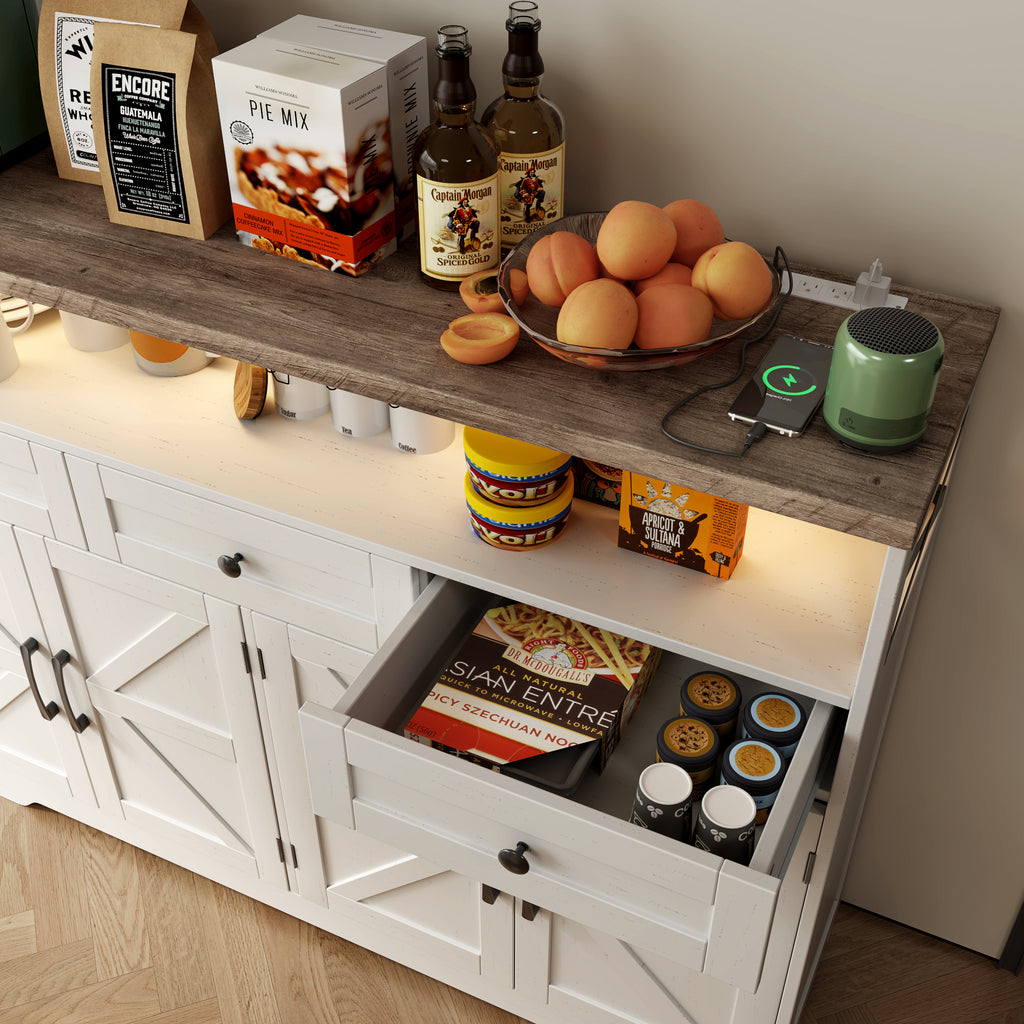In recent years, there has been a growing awareness of the negative impact of plastic on our environment. Plastic pollution is a major problem, with millions of tons of plastic waste ending up in our oceans and landfills each year. One of the easiest ways to reduce your plastic consumption is to make simple changes in your kitchen. From cutting down on single-use plastic items to using more sustainable alternatives, there are plenty of ways to reduce your plastic footprint in the kitchen.
One of the biggest sources of plastic in the kitchen is packaging. Many food products come wrapped in plastic, from fruits and vegetables to meat and dairy products. While it may be difficult to completely eliminate plastic packaging from your kitchen, there are steps you can take to reduce your reliance on it. One option is to buy in bulk whenever possible. Choose products that come in packaging that can be recycled or composted, such as paper or cardboard. You can also look for products that come in reusable containers, such as glass jars or metal tins.
Another way to cut down on plastic in the kitchen is to be mindful of the types of kitchen tools and utensils you use. Many kitchen gadgets are made of plastic, which can add up to a significant amount of waste over time. Instead of using plastic utensils and tools, opt for ones made of more sustainable materials, such as bamboo, stainless steel, or silicone. These materials are more durable and can be reused for a longer period of time, reducing the need for disposable plastic items.
One of the easiest ways to reduce your plastic consumption in the kitchen is to avoid using single-use plastic items. Items such as plastic bags, straws, and utensils are often used once and then thrown away, contributing to the plastic waste problem. Instead of using disposable plastic items, opt for reusable alternatives. Invest in reusable shopping bags, stainless steel straws, and glass or stainless steel food containers. These items can be used over and over again, saving you money and reducing your plastic waste.
Another simple way to cut down on plastic in your kitchen is to make your own cleaning products. Many store-bought cleaning products come in plastic bottles that end up in landfills or oceans. By making your own cleaning products using simple ingredients such as vinegar, baking soda, and essential oils, you can reduce your plastic waste and save money. Not only are homemade cleaning products better for the environment, but they are also safer for your health, as they do not contain harmful chemicals found in many commercial cleaners.
When it comes to storing food in the kitchen, it’s important to choose sustainable alternatives to plastic wrap and bags. Instead of using plastic wrap to cover leftovers or store food, opt for reusable beeswax wraps or silicone lids. These alternatives are washable and can be used multiple times, reducing the amount of plastic waste produced. You can also use glass or stainless steel containers to store food instead of plastic bags or containers. These containers are durable and can be reused for a long time, making them a more sustainable option.
In addition to reducing plastic waste in the kitchen, it’s also important to properly dispose of any plastic items you do use. Recycling is one way to help reduce the amount of plastic waste that ends up in landfills and oceans. Make sure to follow your local recycling guidelines and properly separate plastic items for recycling. Some plastics can be recycled multiple times, reducing the need for new plastic production. If you have any plastic items that cannot be recycled, consider repurposing them for other uses or disposing of them properly to prevent them from ending up in the environment.
By making simple changes in your kitchen, you can significantly reduce your plastic consumption and help protect the environment. From choosing sustainable alternatives to single-use plastic items to making your own cleaning products, there are plenty of ways to cut down on plastic in the kitchen. By being mindful of your plastic use and making conscious choices, you can make a positive impact on the environment and create a more sustainable home for future generations.

